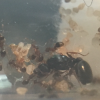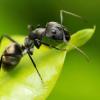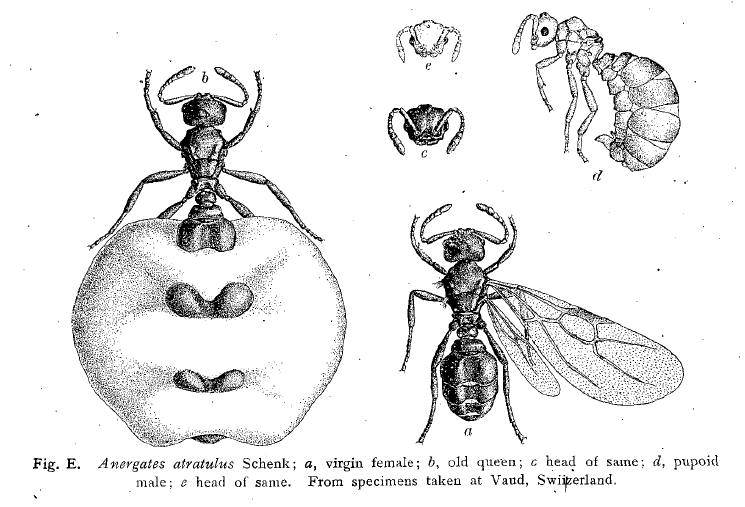
This worker(?) is usually surrounded by some workers like today when I checked on them


Could anyone tell me what this is I’m really confused I have never seen something like this before and the colony is really small.
Edited by Amazant, September 17 2019 - 3:54 PM.

























